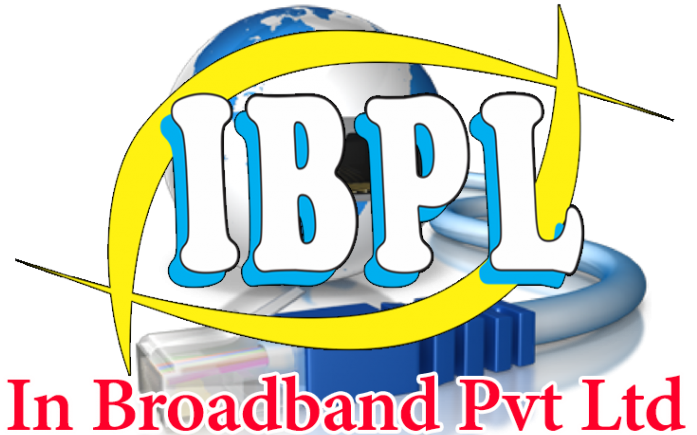An Overview
An over-the-top (OTT) media service is a media service offered directly to viewers via the Internet. OTT bypasses cable, broadcast, and satellite television platforms, the types of companies that traditionally act as controllers or distributors of such content. It has also been used to describe no-carrier cellphones, where all communications are charged as data,avoiding monopolistic competition, or apps for phones that transmit data in this manner, including both those that replace other call methods and those that update software.
The term is most synonymous with subscription-based video-on-demand (SVoD) services that offer access to film and television content (including existing series acquired from other producers, as well as original content produced specifically for the service).
OTT also encompasses a wave of “skinny” television services that offer access to live streams of linear specialty channels, similar to a traditional satellite or cable TV provider, but streamed over the public Internet, rather than a closed, private network with proprietary equipment such as set-top boxes.
Over-the-top services are typically accessed via websites on personal computers, as well as via apps on mobile devices (such as smartphones and tablets), digital media players (including video game consoles), or televisions with integrated Smart TV platforms.
We have the Infrastructure.


